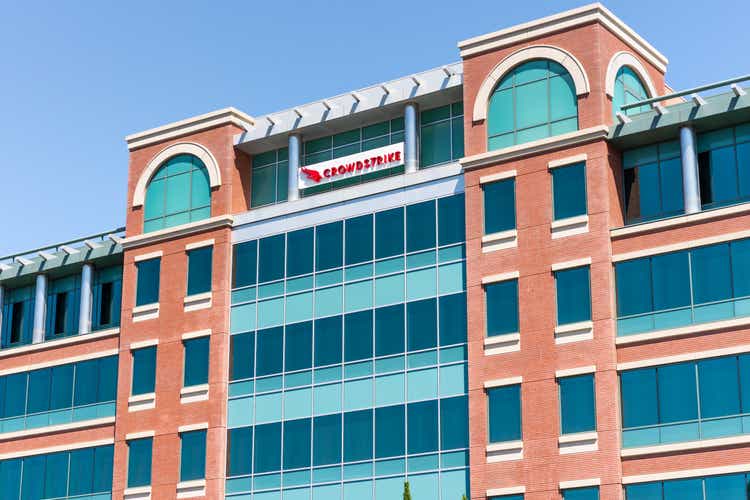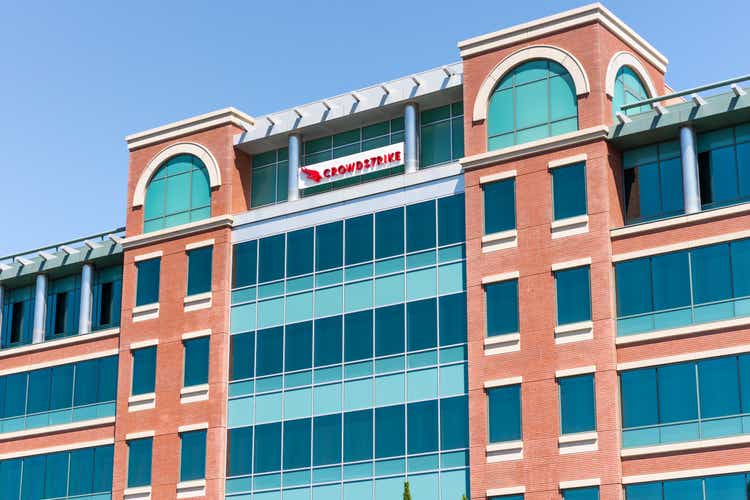
Sundry Photography
CrowdStrike’s (NASDAQ:CRWD) CEO George Kurtz said that during the July 19 global IT outage the company wanted to be transparent, take accountability and communicate what was happening, and in doing that “probably broke every communication rule that was out there.”
Kurtz, who is also the co-founder of CrowdStrike, was speaking at the Goldman Sachs Communacopia + Technology Conference on Wednesday and responded to questions on the IT outage — which led to business disruptions worldwide about two months ago — and its AI Charlotte, among other things.
Kurtz said that the strategy to be transparent paid off based on the customer response and how they viewed what the company tried to do.
“I think after that, I got a lot of calls from a lot of different folks around the industry and Andy Jassy [Amazon’s CEO] called, and Marc Benioff [CEO of Salesforce] and Bill McDermott [ServiceNow’s CEO], I mean the list goes on and on and a lot of it was how can we help?” Kurtz commented.
Speaking on the confusion around the timing of the root cause analysis and specifically the outage update, Kurtz said “there is a nuance to it and there’s a lot of misinformation, a lot of it by competitors. But it was a configuration update.”
Microsoft (MSFT) meeting: Kurtz also shared snippets of a meeting he had with Microsoft (MSFT) on Tuesday.
Kurtz said Microsoft is an open ecosystem provider and CrowdStrike is one player in the security market, adding the meeting was about how would the security market come together to think about other ways to extend that ecosystem and build more resiliency.
“But really, the conversation was, how do you extend the architectures to provide additional resiliency, things that the security vendors can take advantage of and others that make it more resilient?” said Kurtz.
Kurtz also pointed out that following the incident, he had spent a lot of time talking with Microsoft’s CEO Satya Nadella, once or twice a day for the first week, and they were very helpful.
Outlook: Discussing the milestones that the company would be looking at to determine that the worst is being behind it, Kurtz stated, “I think a lot of it’s going to be on the net new ARR, which is obviously a big driver of what we do. So, you’re going to see headwinds around that in the short term. And then as you roll around — roll across the comps in Q3, and the Falcon Flex pool of dollars that we create, as that starts to burn off, there’s going to be a natural conversation of how do we extend those modules?”
AI: Kurtz said the company’s Charlotte AI chatbot was built as a foundational service within the Falcon platform. However, he noted that “in security, you really have to have a deterministic outcome, which we built a lot of guardrails around that.”
Kurtz added that the company was doing “some really interesting things around threat detection and using AI around threat detection, specifically in social engineering attacks. So, listening to voices and the ability to actually understand is somebody getting socially engineered and then being able to call that out.”
Kurtz noted that these are proof-of-concept technologies CrowdStrike has been working on. But, added that the company has been working closely with Nvidia (NVDA) and using their technology and the go-to-market partnerships that they have.
Speaking on AI investments by the company’s customers, Kurtz noted that he doesn’t think they’re pushing out core security investments.
